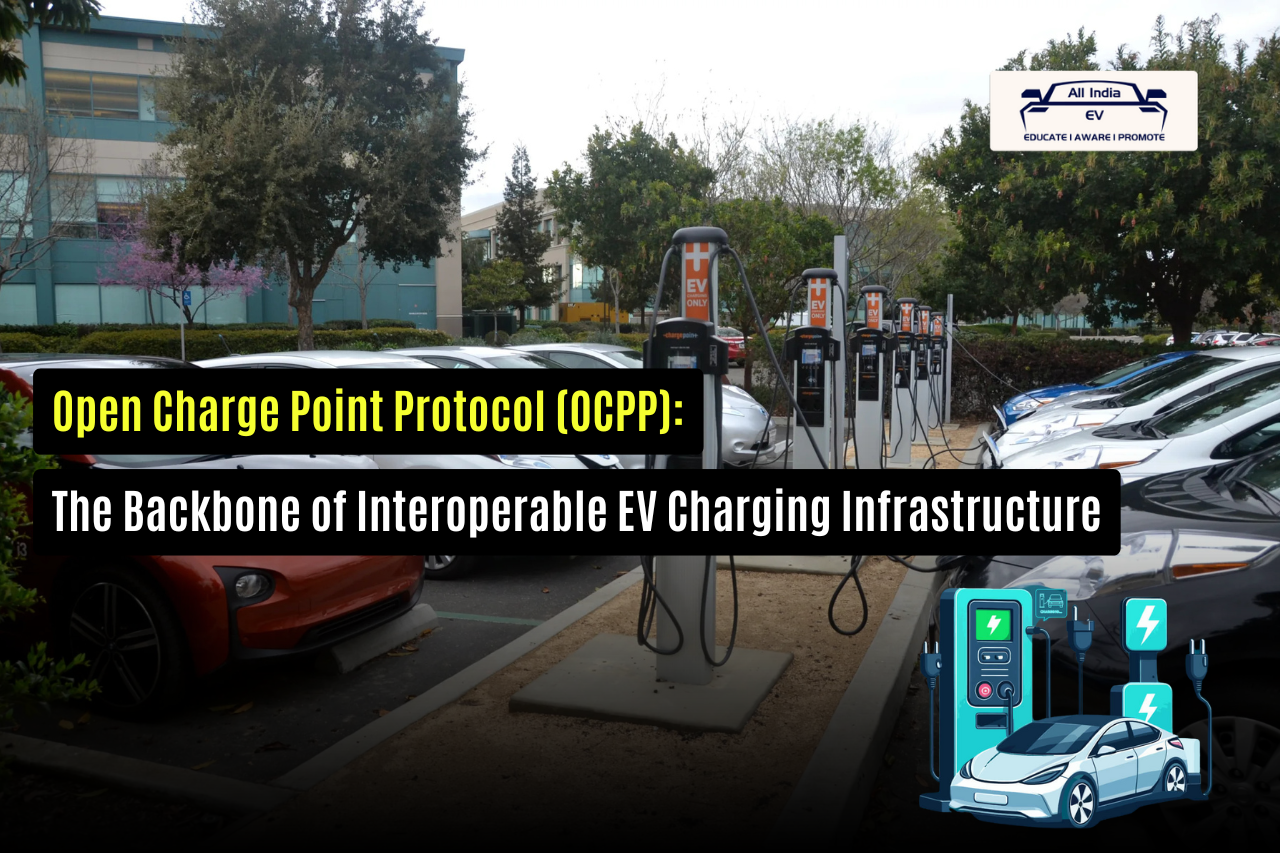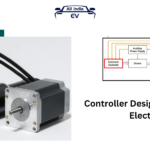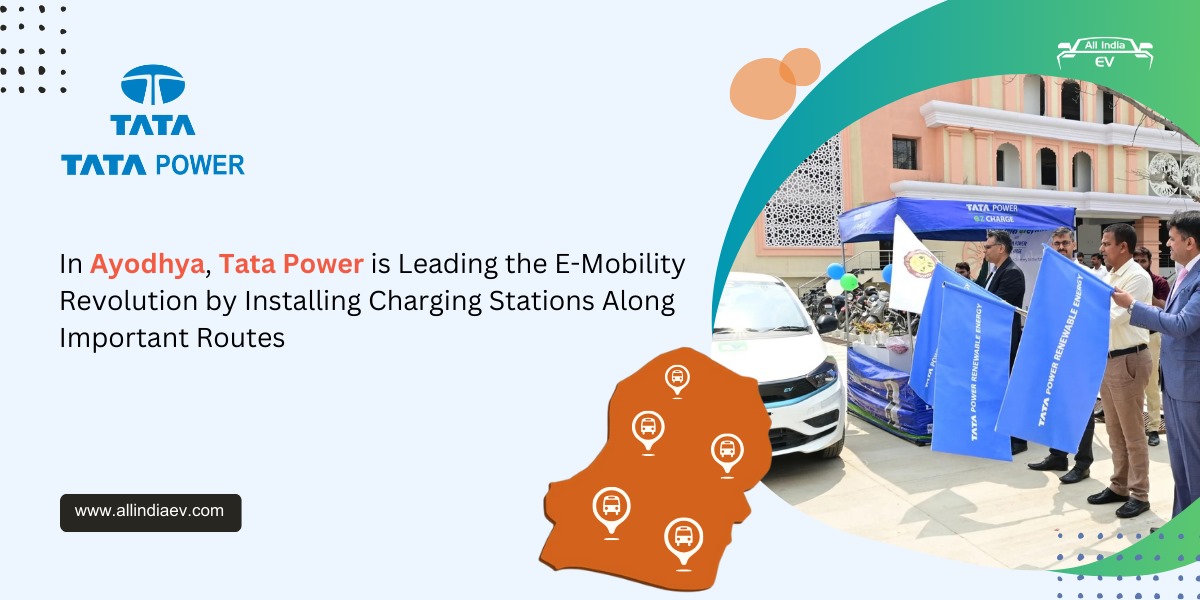
Open Charge Point Protocol (OCPP): The Backbone of Interoperable EV Charging Infrastructure
As the electric vehicle (EV) market expands, the need for seamless, interoperable, and efficient EV charging networks has become critical. At the heart of this ecosystem lies the Open Charge Point Protocol (OCPP)—an open standard that facilitates communication between EV chargers and backend systems. This article delves into the technical aspects of OCPP, its importance in modern EV infrastructure, and how it shapes the future of EV charging.
What is OCPP?
The Open Charge Point Protocol (OCPP) is a communication protocol developed to standardize the interaction between Electric Vehicle Supply Equipment (EVSE) and Charging Station Management Systems (CSMS). It is an open-source standard, meaning it is not owned by any single company, and can be implemented freely by hardware manufacturers, software developers, and network operators.
Key Features of OCPP
- Interoperability: Enables charging stations from different manufacturers to communicate with various CSMS providers.
- Scalability: Supports small, independent networks as well as large, multi-station deployments.
- Cost Efficiency: Reduces vendor lock-in, allowing operators to mix and match components without being tied to a single manufacturer.
- Future-Ready: Regular updates ensure compatibility with evolving EV technologies and business models.
How OCPP Works
OCPP acts as a middle layer, standardizing communication between EVSE and the backend management systems.
Core Components of OCPP Communication
- EV Charger (Charge Point):
- Hardware that delivers electricity to EVs.
- Sends operational data (e.g., energy usage, status) to the CSMS.
- CSMS (Charging Station Management System):
- Backend software that monitors, manages, and controls charging stations.
- Provides functionalities such as billing, load management, and remote diagnostics.
- Communication Protocol:
- OCPP specifies message types, data formats, and sequences for seamless interaction.
Protocol Layers
- Physical Layer: OCPP supports communication over the internet using standard protocols like WebSocket or HTTP.
- Message Layer: Defines message structures, ensuring both EVSE and CSMS interpret the data correctly.
- Transport Layer: Ensures reliable delivery of data between the EVSE and CSMS.
Open Charge Point Protocol (OCPP) Versions and Their Features
OCPP has undergone several iterations, each adding more capabilities and refinements:
OCPP 1.6
- Key Features:
- Support for smart charging, including load balancing and demand response.
- Firmware Management: Remote updates for charger software.
- Diagnostics: Enhanced troubleshooting tools.
- Communication Protocol: Introduced WebSocket support for real-time communication.
OCPP 2.0 and 2.0.1
- Advanced Features:
- Security: Implements transport layer security (TLS) and secure firmware updates.
- Device Management: Enhanced control over individual charging station components (e.g., meters, power modules).
- Improved Smart Charging:
- Energy Management: Dynamic adjustments based on grid demand.
- Pricing Models: Time-of-use pricing and energy cost calculations.
- Plug & Charge: Compatibility with ISO 15118 for automated authentication and payment.
- V2G Support: Integration with Vehicle-to-Grid (V2G) systems.
- Backward Compatibility: Ensures smooth transitions for operators using earlier versions.
Technical Benefits of OCPP
- Standardization:
- Facilitates compatibility across diverse hardware and software ecosystems.
- Ensures global adoption, with OCPP used in over 90% of public chargers worldwide.
- Remote Management:
- Enables operators to monitor station performance, diagnose issues, and deploy fixes without on-site visits.
- Reduces downtime and operational costs.
- Smart Charging Capabilities:
- Supports load management to avoid grid overloads.
- Integrates with renewable energy sources for sustainable charging.
- Security:
- Advanced encryption and secure firmware updates protect against cyberattacks.
- Compliance with security standards like ISO 27001.
Why OCPP Matters in EV Charging
1. Interoperability: OCPP fosters a competitive and flexible market, preventing proprietary protocols from monopolizing the industry. This interoperability ensures that:
- Operators can deploy chargers from multiple vendors.
- Drivers can access chargers from various networks seamlessly.
2. Cost Savings: By adopting an open standard, businesses avoid vendor lock-in, allowing for cost-effective system upgrades and maintenance.
3. Future-Proofing: Regular updates to OCPP ensure compatibility with emerging technologies like Wireless charging, Integration with smart grids and IoT systems, and Advanced energy management systems.
Use Cases of OCPP
- Public Charging Networks: Large-scale operators like ChargePoint, EVBox, and Enel X use OCPP to manage diverse charger fleets efficiently.
- Fleet Management: Corporate and municipal EV fleets utilize OCPP for centralized charging and cost optimization.
- Energy Providers: Utilities integrate OCPP with grid management systems to enable demand response and load balancing.
- Residential and Workplace Charging: Home and workplace chargers connected to OCPP-compliant systems can integrate with energy storage and solar PV setups.
Challenges with OCPP
While OCPP offers numerous benefits, it also presents challenges:
- Implementation Complexity: Standard compliance requires robust software development and testing.
- Security Risks: Despite security features, vulnerabilities may arise if implementations are not rigorously audited.
- Market Fragmentation: Variations in adoption rates and version compatibility can create inconsistencies.
Future of OCPP
As EV adoption grows, OCPP will remain pivotal in advancing charging technology and infrastructure. Upcoming developments are likely to focus on:
- Enhanced Security: Improved encryption and threat detection mechanisms.
- V2G Integration: Supporting bi-directional energy flow for grid stabilization.
- AI and IoT: Leveraging artificial intelligence for predictive maintenance and dynamic load management.
- Global Standardization: Encouraging adoption across emerging markets to ensure uniformity worldwide.
Conclusion
The Open Charge Point Protocol (OCPP) has become the cornerstone of modern EV charging networks, enabling interoperability, scalability, and smart charging features. By fostering collaboration across manufacturers and operators, OCPP ensures a cohesive and efficient EV charging ecosystem. As the industry evolves, this open standard will continue to drive innovation, making EV charging more accessible, secure, and sustainable for all stakeholders.









